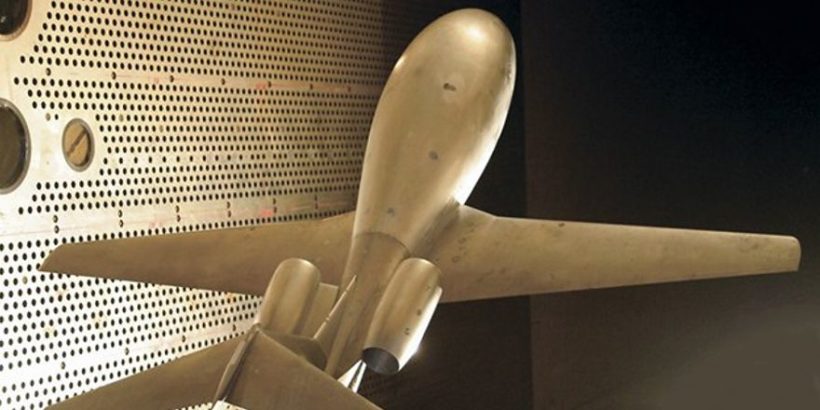To improve the flight performance of long-haul aircrafts their layout should undergo significant changes in the near future, because the “tube with wings” is practically outdated and it is unlikely to “squeeze” anything more out of it. It is possible to improve the flight characteristics of the aircraft by reducing the friction coefficient, the UAC told.
All the airplanes that exist today are turbulent. And turbulent friction is five to six times higher than laminar friction. So one of the promising areas for improving aerodynamic characteristics is laminarization. You have to make the airplane so that its flow is non-turbulent, but for the standard layout, there is no room for improvement anymore. The TsAGI has been working on new layouts for a long time. In 1939, I.V. Ostoslavsky and K.K. Fedyaevsky developed a theoretical laminar wing profile, which promised a very low aerodynamic drag.
35 years ago, the Institute proposed the “flying wing” layout, where the fuselage is integrated between the wing consoles. Such a layout improves the aerodynamics of the aircraft by about a quarter. TsAGI also developed a new concept of business jet aircraft of small size. Its main feature is a drop-shaped fuselage. The diameter of such a fuselage is larger than the height of a person, and the passenger will be able to stand up and walk through the cabin without bending down.
Until now, a straight wing has meant low speed, but the new business jet concept has a cruising speed of Mach 0.82, confirmed in numerous wind tunnel tests, due to the competent use of area rules and fine “tuning” of the profile. This is faster than many modern long-haul airliners.
This is the closest step in aerodynamic design. There is a huge variety of approaches to it. An overhead arrangement of standard engines to shield their noise is being considered. Using a “comb” of electric engines and one large generator engine is possible. There are a number of other innovations that will significantly improve the performance of such a layout compared to the traditional ones today.


